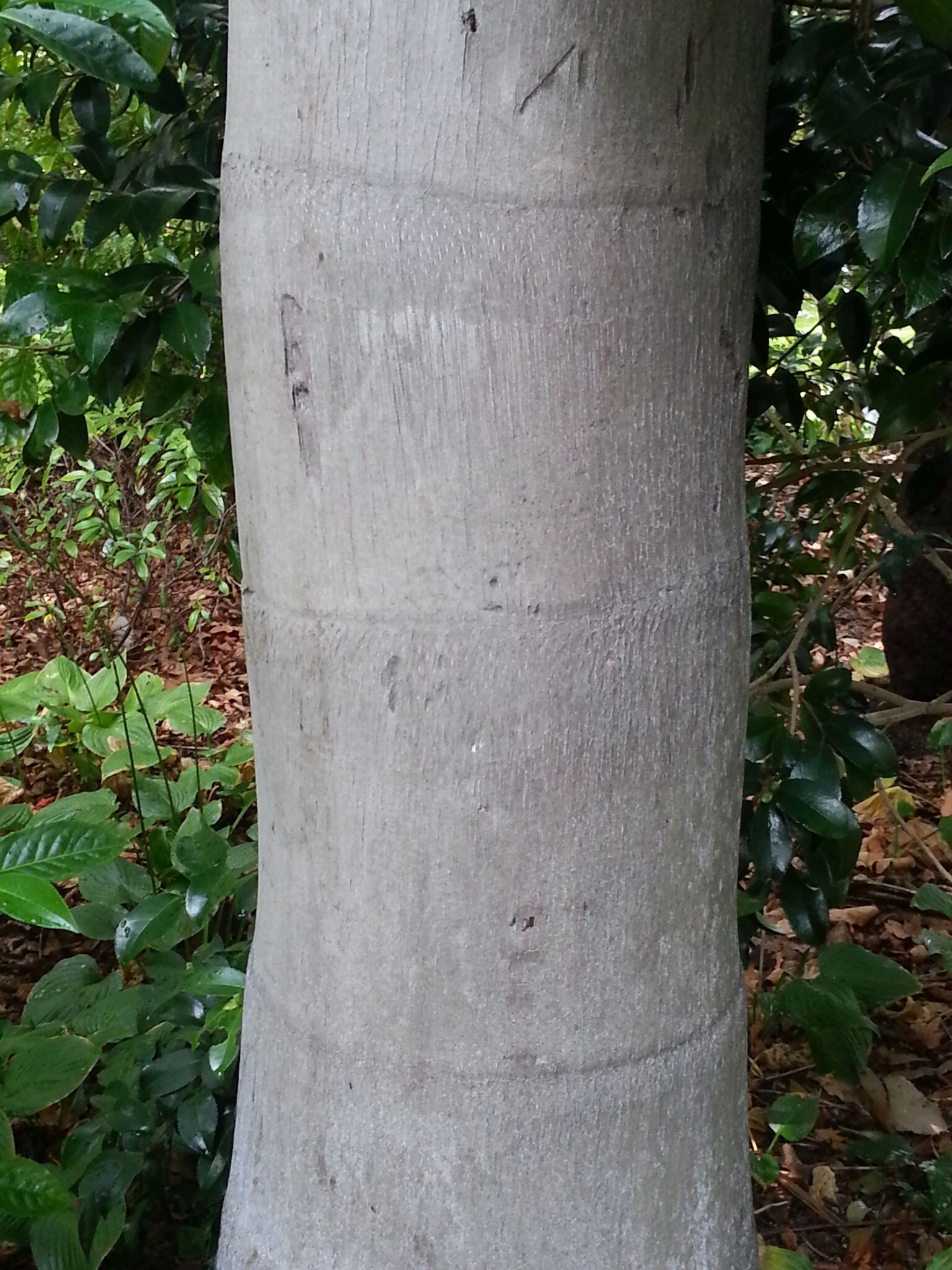
From the Greek archon – chieftain; phoenix – date palm, referring to the majestic appearance of these palms.
Spineless palms with solitary, slender, tall, ringed, woody trunks. Crownshaft long, often swollen at the base. Leaves feather-shaped, often twisted. Leaflets narrow, arranged in a flat plane. Leaf stalks short, without spines. Flowers unisexual with both sexes on the same plant. Panicle arising from the base of the crownshaft. Fruit small, red.
A small genus which is very popular in cultivation because of its adaptability, fast growth and elegant appearance. Although plants are often sold for indoor decoration, they are generally unsuitable for this purpose.
A. purpurea Hodel & Dowe from high mountains in north-eastern Queensland is grown in warm temperate regions. Plants have proved to be slow growing and require a sheltered position. A. maxima Dowe and A.myolensis Dowe, both from highland areas on the Atherton Tableland in north-eastern Queensland, would also be well worth trying in temperate regions.
Fresh seed takes 1-3 months to germinate.
The soft central tissue surrounding the apical bud is edible; the fruit is eaten by birds.
Tall palms with a slender ringed trunk; prominent long tubular crownshaft and crown of spreading feathery leaves.
6 species from eastern Australia.
Dowe & Hodel (1994).
Source: (2005). Arecaceae. In: . Horticultural Flora of South-eastern Australia. Volume 5. Flowering plants. Monocotyledons. The identification of garden and cultivated plants. University of New South Wales Press.
